NSW Threatened Species Scientific Committee Final Determinations for August
The NSW Threatened Species Scientific Committee has made several final determinations regarding the status of various species.
These determinations include the listing of plants, reptiles, amphibians, birds and mammals as threatened species.
The Eucalyptus sp. Howes Swamp Creek has been removed from the endangered species listing.
The species are assessed based on their current known occurrences, habitats, and threats they face. More information on each species can be found in the respective final determination links provided. The committee continues to assess which species are eligible for listing as threatened species.
NSW Threatened Species Scientific Committee Final Determinations
1. Acacia beadleana
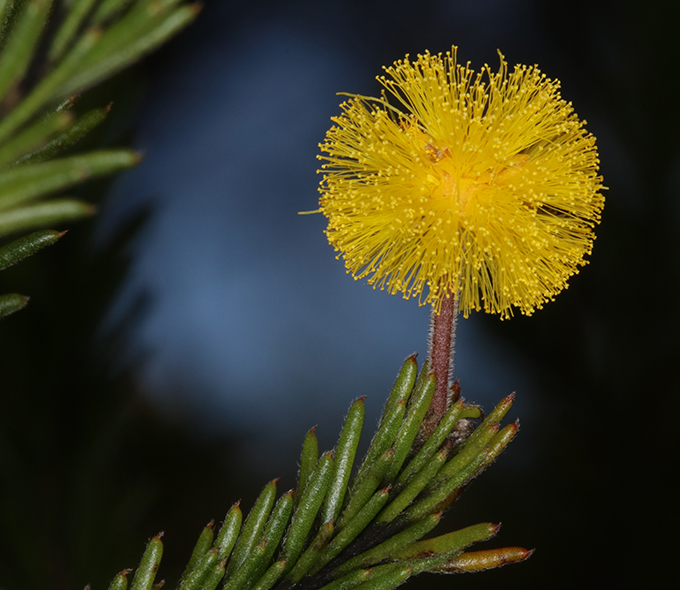
This species is endemic to the Gibraltar Range National Park, east of Glen Innes, northern New South Wales.
More information on the species can be found in the Committees' determination (Final Determination).
2. Large-eared pied bat Chalinolobus dwyeri
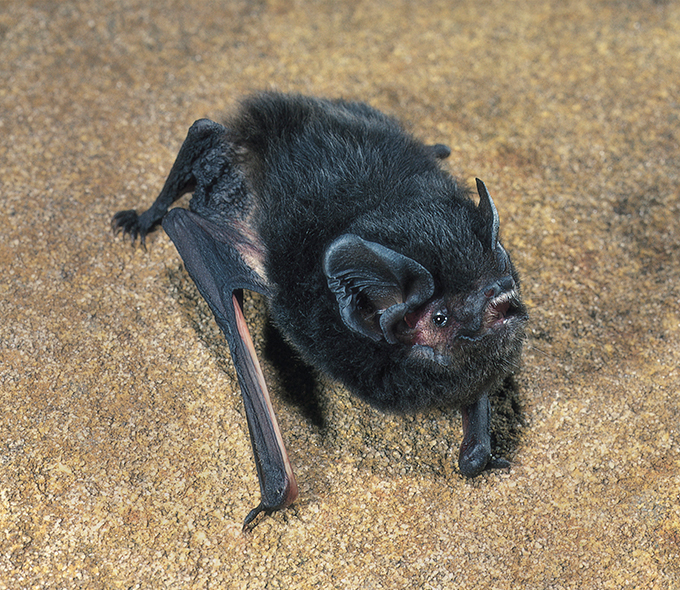
Large-eared pied bat Chalinolobus dwyeri Ryan, 1966 has been listed as an Endangered species.
This species is currently known to occur in central-eastern New South Wales and south-eastern and central Queensland, from the area bounded by Shoalwater Bay north of Rockhampton, south to Ulladulla.
More information on the species can be found in the Committees' determination (Final Determination).
3. Long sunskink Lampropholis elongata
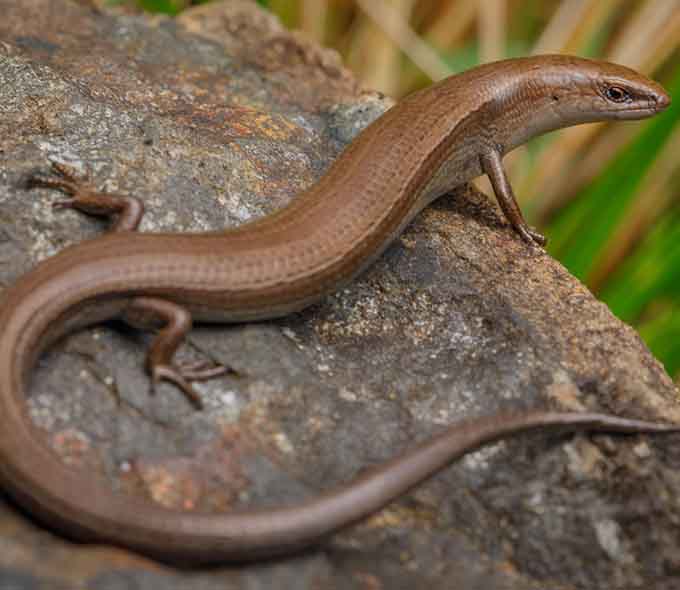
This species is currently restricted to the southern edge of the Walcha Plateau in north-east New South Wales.
More information on the species can be found in the Committees' determination (Final Determination).
4. Rainforest cool-skink Harrisoniascincus zia
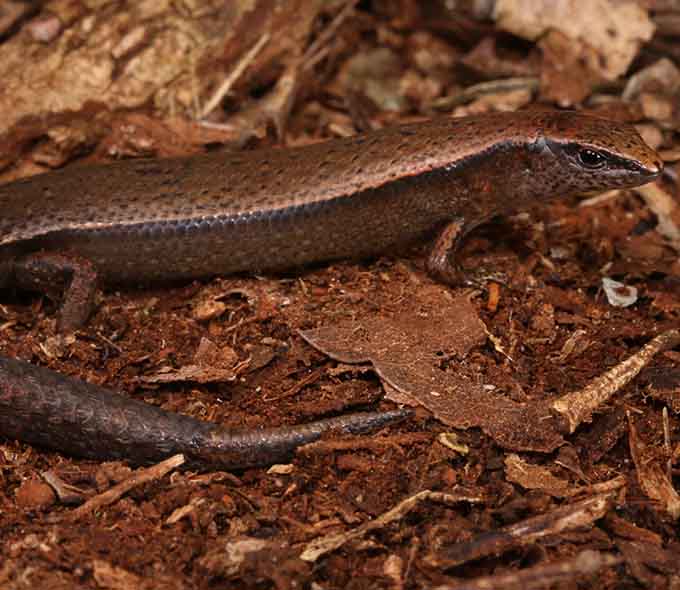
This species is recorded from high elevation areas of the Great Dividing Range in 2 disjunct regions of Queensland and New South Wales. The Northern region comprises Southeast Queensland and northeast New South Wales from Main Range and Yabbra National Parks in the west to Springbrook and Nightcap National Parks in the east. The Southern region comprises Northeast New South Wales from Guy Fawkes River and Cunnawarra National Parks in the west to Dorrigo National Park in the east.
More information on the species can be found in the Committees' determination (Final Determination).
5. Kate's leaf-tailed gecko Saltuarius kateae
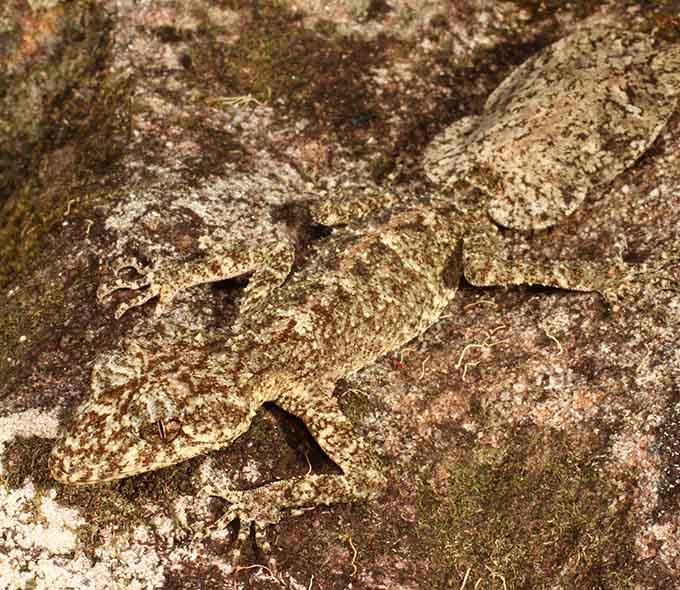
This species is restricted to between the Clarence River and the southern end of the Richmond Range in northern New South Wales.
More information on the species can be found in the Committees' determination (Final Determination).
6. Pilotbird Pycnoptilus floccosus
The pilotbird Pycnoptilus floccosus Gould, 1851 has been listed as a Vulnerable species.
The upland pilotbird, Pycnoptilus floccosus floccosus occurs above 600 m in the Brindabella Ranges in the Australian Capital Territory, and in the Snowy Mountains in New South Wales and north-east Victoria.
The lowland pilotbird, Pycnoptilus floccosus sandlandi occurs in forests from the Blue Mountains, around the wetter forests of eastern Australia, to the Dandenong Ranges near Melbourne.
More information on the species can be found in the Committees' determination (Final Determination).
7. Eucalyptus sp. Howes Swamp Creek
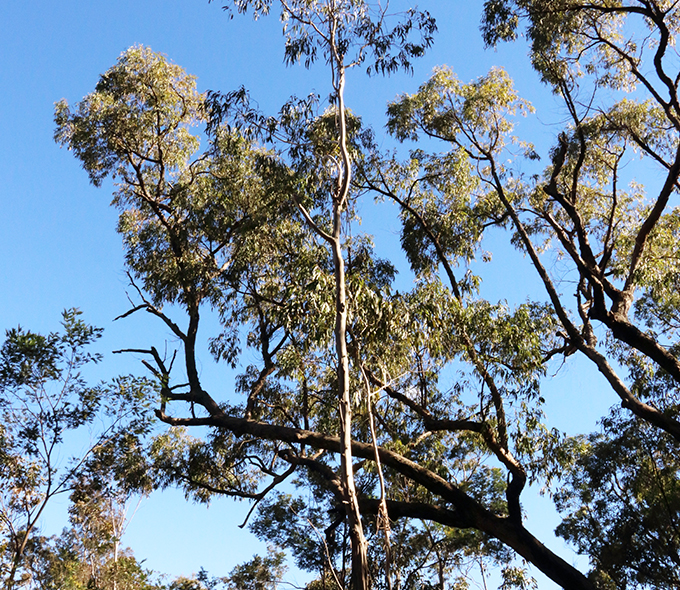
Eucalyptus sp. Howes Swamp Creek (M. Doherty 19/7/85, NSW 207054) has been removed from the schedules of the Act (Endangered species listing).
This species was only ever known to occur from Howes Swamp Creek in Wollemi National Park.
More information on the species can be found in the Committees' determination (Final Determination).
8. Wollumbin hip-pocket frog Assa wollumbin
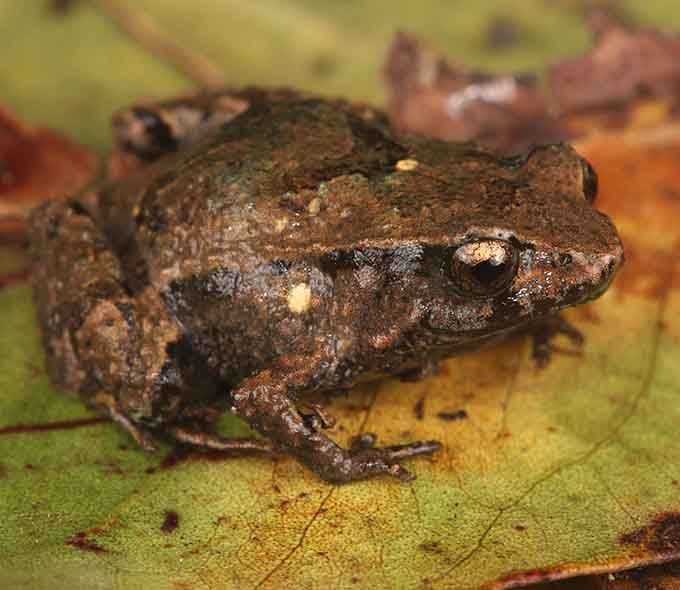
This species has been recorded only within and adjacent to Wollumbin National Park, north-eastern New South Wales.
More information on the species can be found in the Committees' determination (Final Determination).
9. Martins toadlet Uperoleia martini

In New South Wales this species is mostly restricted to the Gippsland coast in Victoria, with the species' distribution extending 320 km from near Yarram, Victoria to just across the Victorian/New South Wales border to Nadgee, New South Wales.
More information on the species can be found in the Committees' determination (Final Determination).
10. Asterolasia buxifolia

Asterolasia buxifolia Benth. has been listed as a Critically endangered species.
This species is known to occur from a single population in the Cox's River catchment in the western Blue Mountains in New South Wales.
More information on the species can be found in the Committees' determination (Final Determination).
11. Caladenia tessellata
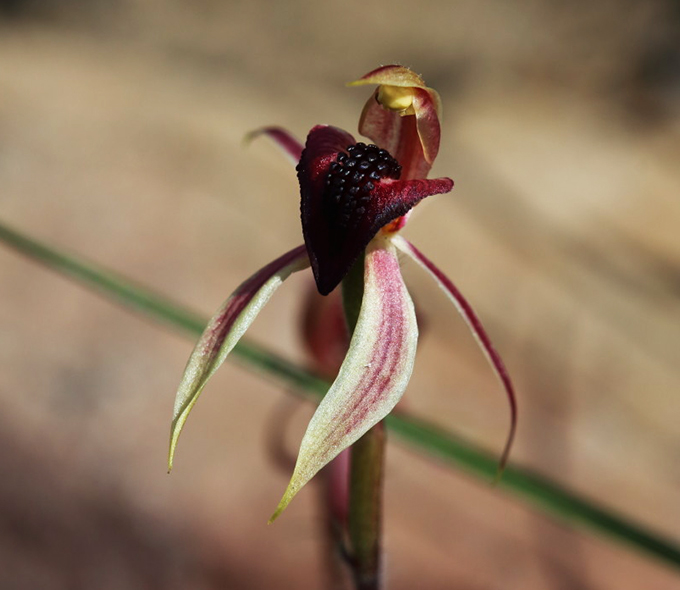
Caladenia tessellata Fitzg. has been listed as a Vulnerable species.
This species is endemic to mainland south-eastern Australia, where it is distributed from the south coast of New South Wales to the eastern outskirts of Melbourne. In New South Wales, the species is known from subpopulations at Morton National Park and near Braidwood, while a third subpopulation was recently discovered in Nadgee Nature Reserve near the border with Victoria and a few plants were discovered recently near Ulladulla.
More information on the species can be found in the Committees' determination (Final Determination).
12. Acacia lanigera var. gracilipes
Acacia lanigera var. gracilipes Benth. has been listed as an Endangered species.
This species is known to occur in the far south-east of Australia, in a small area either side of the border between New South Wales and Victoria.
More information on the species can be found in the Committees' determination (Final Determination).
13. Hibbertia acaulothrix
Hibbertia acaulothrix Toelken has been listed as an Endangered species.
This species is known from several widely separated localities in New South Wales, from Wadbilliga National Park in the Southern Tablelands, through the Nattai-Wollondilly area in the Southern Central Tablelands, to the Mount Baker and Mountt Coricudgy (Wollemi) area in northern part of the Central Coast and Tablelands.
More information on the species can be found in the Committees' determination (Final Determination).
14. Hibbertia cistiflora subsp. quadristaminea
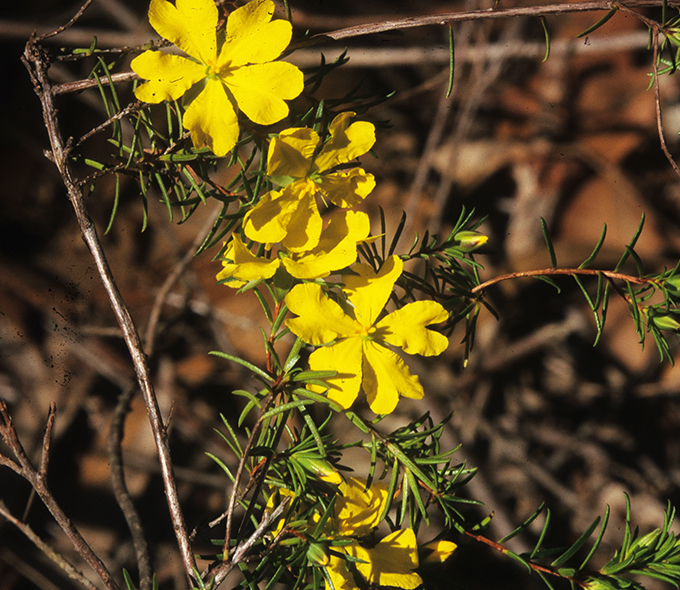
Hibbertia cistiflora subsp. quadristaminea Toelken has been listed as an Endangered species.
This species is known from 2 localities in New South Wales, from the Blue Mountains National Park and on the Newnes Plateau in the Gardens of Stone State Conservation Area (formerly Newnes State Forest).
More information on the species can be found in the Committees' determination (Final Determination).
15. Asian dowitcher Limnodromus semipalmatus
The Asian dowitcher Limnodromus semipalmatus (Blyth, 1848) has been listed as a Vulnerable species.
The Asian Dowitcher is a migratory species. In Australia, it is only a regular visitor to coastal areas between Broome and Port Headland and the Port McArthur tidal wetlands in the Gulf of Carpentaria. Elsewhere, the species' occurrence is sporadic and rare, typically only appearing as single birds at widely dispersed sites along the northern and eastern Australian coastline.
More information on the species can be found in the Committees' determination (Final Determination).
16. Latham's snipe Gallinago hardwickii
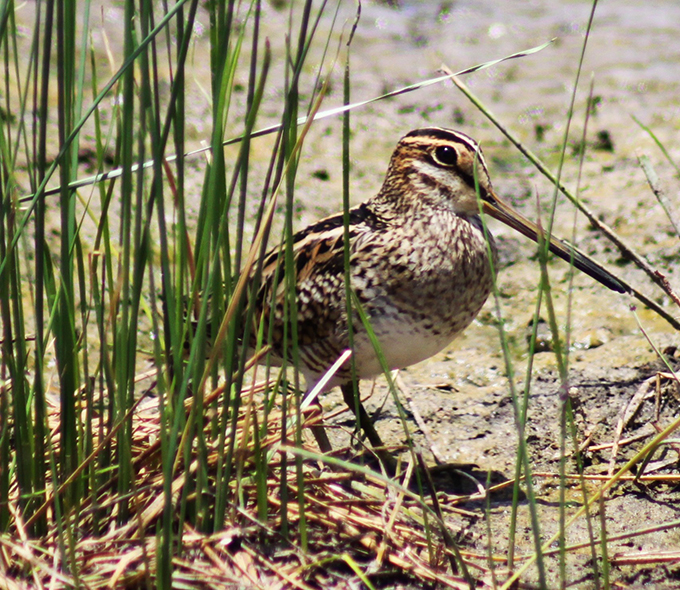
Latham's snipe Gallinago hardwickii (J.E. Gray, 1831) has been listed as a Vulnerable species.
Latham's Snipe is a migratory species, moving from breeding grounds in northern Japan and southeastern Russia to Australia in the southern hemisphere summer. The species has been recorded along the east coast of Australia from Cape York Peninsula through to southeast South Australia. The range extends inland over the eastern tablelands in southeast Queensland and west of the Great Dividing Range in New South Wales.
More information on the species can be found in the Committees' determination (Final Determination).
17. Prostanthera palustris
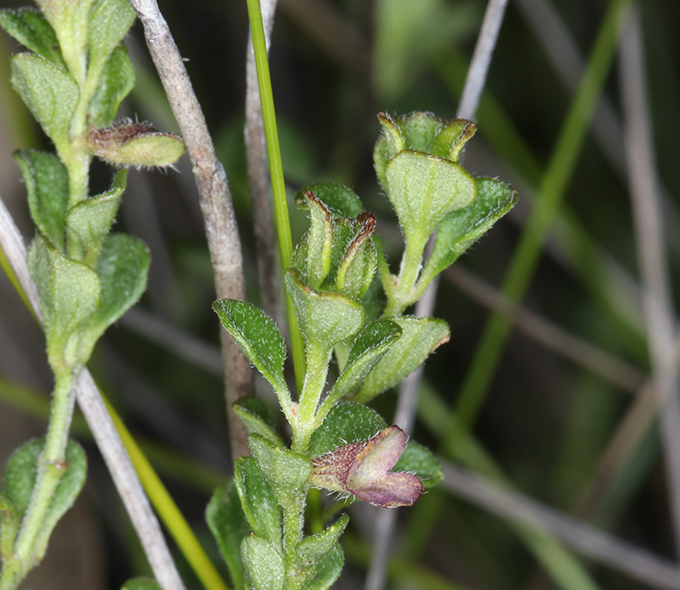
This species is known to occur on the north coast of New South Wales north of Yamba. The species is largely restricted to Bundjalung National Park and Tabbimoble Swamp Nature Reserve.
More information on the species can be found in the Committees' determination (Final Determination).
18. Pultenaea baeuerlenii
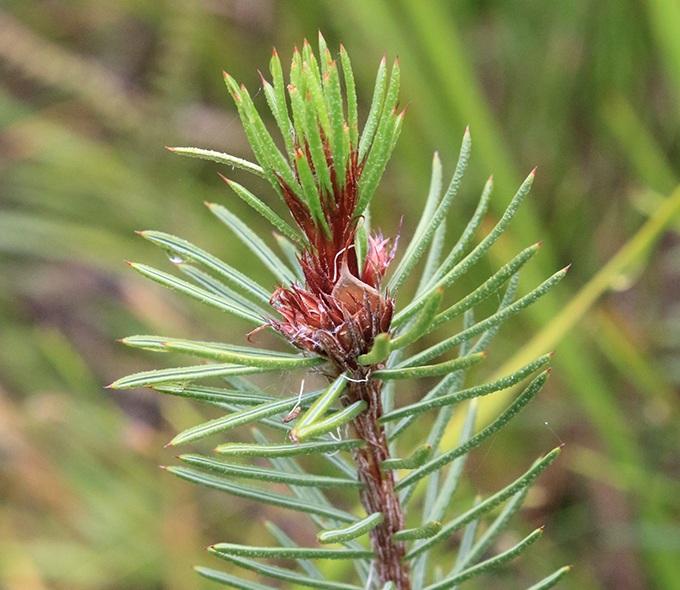
This species is endemic to New South Wales where it is confined to the Budawang Range in the Southern Tablelands.
More information on the species can be found in the Committees' determination (Final Determination).
19. Cassinia heleniae
Cassinia heleniae Orchard has been listed as an Endangered species.
This species is endemic to the Torrington region on the north-western slopes of New South Wales.
More information on the species can be found in the Committees' determination (Final Determination).
20. Curlew sandpiper Calidris ferruginea
The curlew sandpiper Calidris ferruginea (Pontoppidan, 1763) has been listed as a Critically Endangered species.
Calidris ferruginea is a migratory shorebird. Curlew Sandpipers migrate through South East Asia to Australia and can occur in coastal areas Australia wide. In New South Wales, the species is widespread east of the Great Divide and occurs along the entire coast of New South Wales, particularly in the Hunter Estuary, and sometimes in freshwater wetlands in the Murray-Darling Basin.
More information on the species can be found in the Committees' determination (Final Determination).